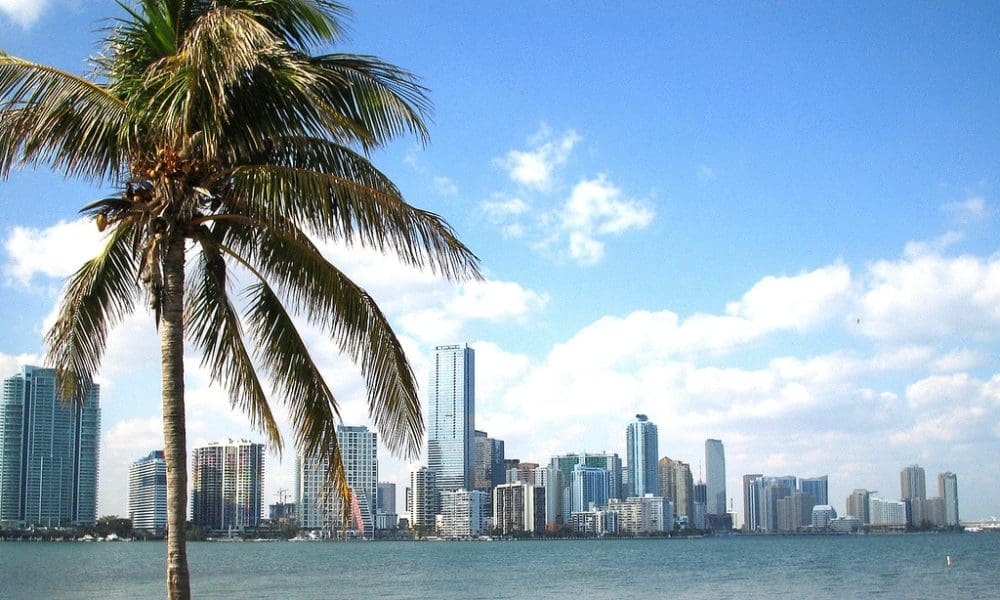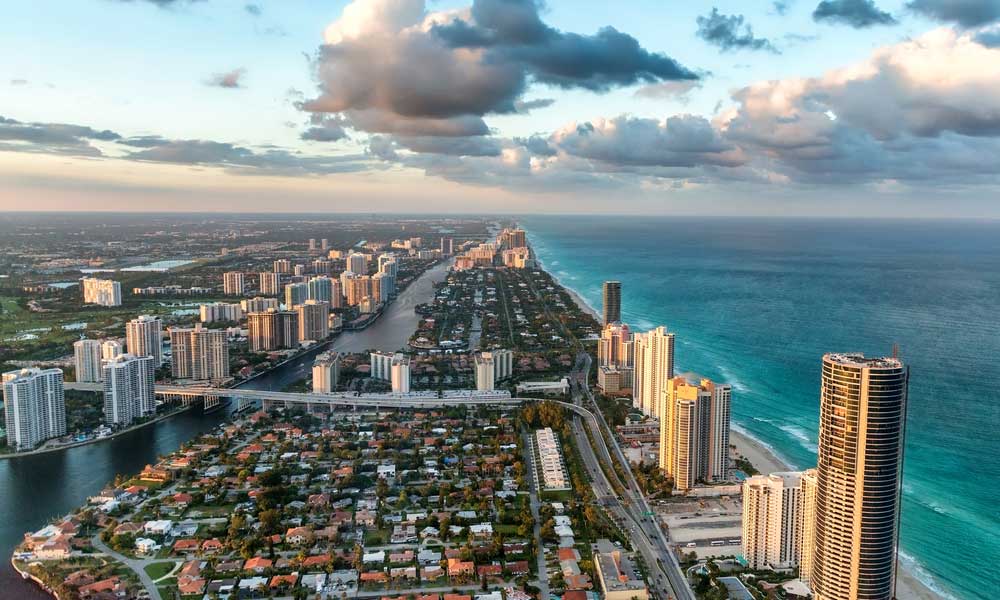The butterfly capital of the world is very important for a lot of different reasons, but for a lot of people they do not realize that it is located in Coconut Creek, Florida. What else is interesting is how many people overlook the history of this town and how it makes a difference in how the town is viewed. Since that is the case, people may want to learn the history of Coconut Creek to guarantee they know how this region took off and had continued to grow in beauty each year.
The history of this location is fairly recent. The reason for this is up until the 1960s Coconut Creek was part of Pompano Beach. So this is still a fairly new town about some of the other areas that people have studied in the past. However, this does not mean the location has not started to have some growth as it has managed to continue to grow in both population, business, and attractions. So from small beginnings, the town has started to take off and gain quite a bit of popularity.
How Coconut Creek got its name is very original, but it is mainly from the coconut trees that developers who came to the area real early planted. However, the creek part of the name of Coconut Creek comes from the combination of a couple of names, like Indian Creek, which has a creek in the name and Coconut Grove. So taking these two names and splitting them apart, allowed the people to come up with the name of Coconut Creek.
A key thing that people are going to like about the community is how the people who were working on the early region planned it out. While it may not seem like it is well laid out, once people start to get to know the area they will see the foundation for the location was thought through very early on, and this has made it quite a bit easier for people to get the trip they want to have, but also have an easy flow to the city.
The city did have a bad reputation for a while as they are located right next to a location that is kindly termed Mount Trashmore. This is a location that is nothing more than a landfill, but it used to emit some extremely foul smelling odors directly into the city. However, the city reached an agreement that stated that food and other decaying materials would not be put in the landfill, which dramatically reduced the amount of smells in the air.
Traveling to a different region people have never been to before can be exciting. However, if people do not know the history of the area, it can be very difficult for them to have a good time because they are constantly trying to figure out why something is so important. By knowing about the history of Coconut Creek, Florida, people can have a great time and know the history of the region.


